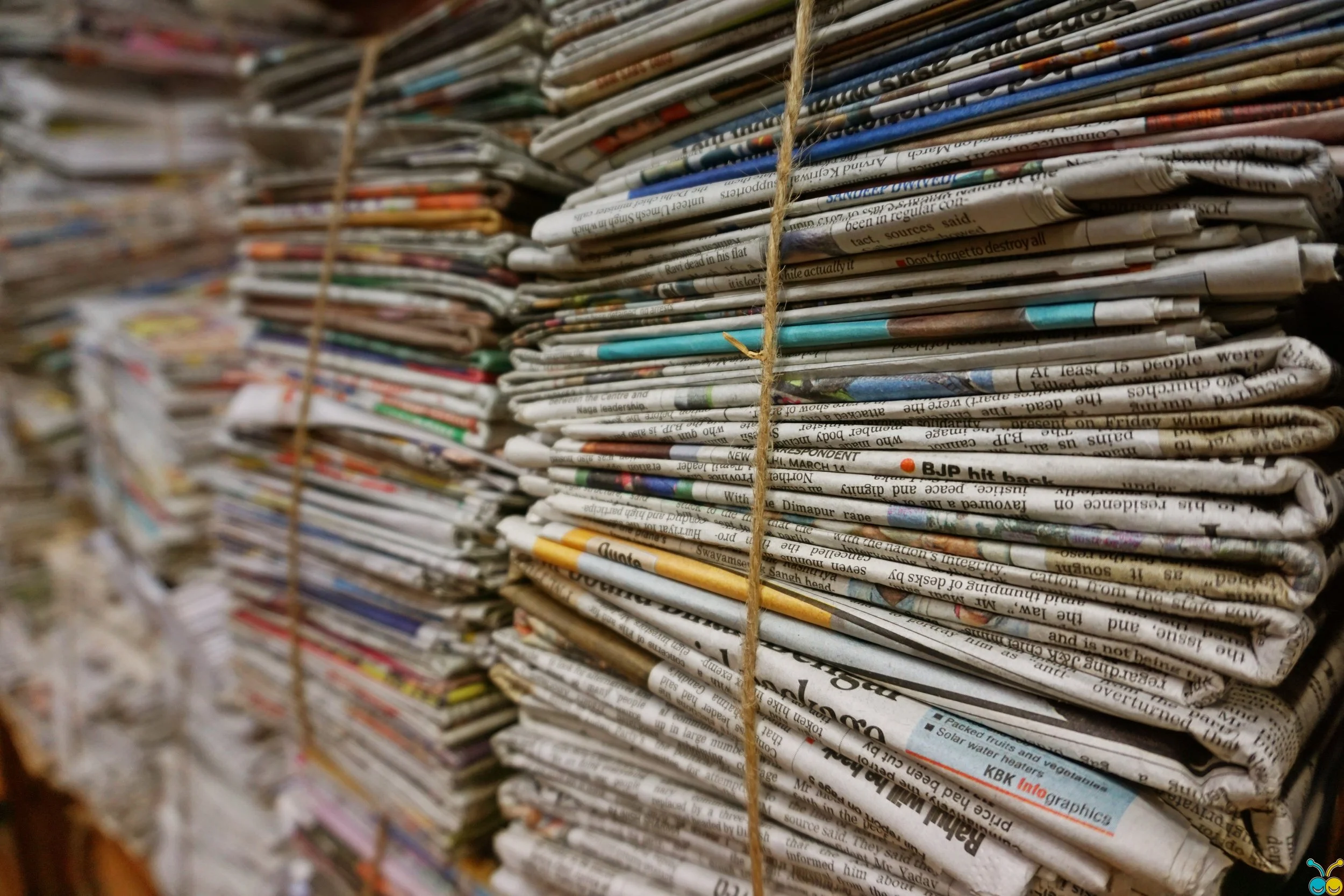Newe Year Brightness In The Maldives | PhotoBy Jonathon Bennett Copyright Protected
What the Wood Snake Year 2025 Symbolises
The Chinese Zodiac Snake is considered traditionally to symbolise passion, intelligence, strategy and transformation, characterising its inherent element of Fire. This year’s Snake combines the elements of Fire and Wood. The Wood Snake is an active, adaptive creature, quickly changing direction to seize opportunities or avert danger. At significant times it will even shed its entire skin, enabling it to embrace a brand new phase of life. The Snake doesn’t hold on to old baggage.
Bringing Brightness into Your Life
Bringing brightness into your home decor and lighting this year will pay homage to the illuminating Fire element, complemented by wooden furnishing, green hues and plants representing the Wood element.
Imaginative light sources will create a welcome feeling of cosy brightness into your living and working environment. Uplighters will positively transform dull corners and they have a magical effect when placed behind plants. Candles, unscented or ones with natural essential oils, always bring a feeling of relaxation, calmness and romance. A strategically placed mirror that reflects natural or artificial light is another bonus. Aim for your windows and doors to sparkle too.
For gardens and outside spaces, a fire pit, hanging candles and solar or LED lighting will all create a wonderful, bright natural extension to your indoor living space that enriches social communication.
Inviting your Desires
Prepare to prosper, attract good fortune, embrace joy and healthy wellbeing. To symbolise make this year’s new qi yours, buy yourself a yummy new red garment, shoes or scarf. and wear it with intent to attract your desires. Bring a new plant indoors and plant a favourite one in your garden to encourage new growth in your life. Replace any worn out things and remember to write a wish list.
Maybe redecorating is your goal, if so you could take colour inspiration for 2025 from here: www.housebeautiful.com/room-decorating/colors/g63115105/color-of-the-year-2025-list/.
Cleaning up and Letting Go
Cleaning up and letting go at the start of a new year is a remarkably powerful way to invite inspiring positive new things into your life. So take this opportunity to set free anything that is no longer serving you Aim to tie up loose ends, complete unfinished business and start afresh with a new vision, value what is purposeful and leave the rest behind.
Refreshing your Space
Many indigenous cultures have their own house purifying customs and rituals. A delightful Japanese custom is to place salt crystals in crucibles on the front door threshold to keep bad luck away. The Native American tradition is to cleanse a home with Sage smudging. Frankincense releases past negativity and is used as incense in various faiths. Another house cleansing ritual is to sprinkle holy water blessed by a priest.
A simple, yet effective, way to replenish the atmosphere in your home is to use the sound of a metal wind chime,Tibetan Bells or a small hand bell to release traces of undesirable or stagnant subtle energies and to refine the new refreshed vibrations. You can also spray each room afterwards with your favourite diluted essential oils. It is always helpful to add a few drops of Rescue Remedy if there has been distress or sickness in your home last year.
Moving Forward
Whatever your dream, you can make it real. A new year often means a new home. If you are wishing to move home, I can help you purify your present property to attract the ideal purchaser, and to enhance its saleability using Feng Shui. When you find a potential new property I can conduct a Feng Shui preview to assess its suitability for you and to check that there are no evident negatives. After you move, I would be honoured to help you help you settle into your new home creatively using Feng Shui design and traditional formulas to arrange rooms and furnishings, create storage solutions and plan colours. Please ask me I would be really glad to help you.
Warmly wishing you much happiness and good fortune during 2025, the Year of the Snake.
Sylvia


